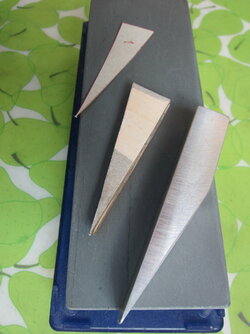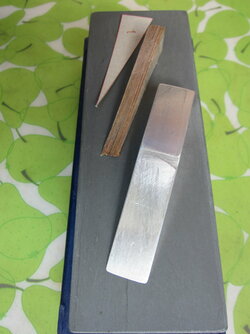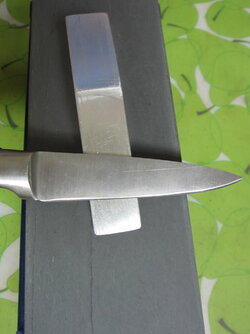I would never put any knife on my atoma 400 again, but the 1200 works surprisingly well. I think the trick is just to not overdue it. In principle you are removing the same amount of steel, just at a faster rate.I've never had an Atoma 1200 tbh, only 140 and 400. And I wouldn't put a knife on them (a second time), just because of how they chew up steel. Though a 1200 is obviously going to be quite different, and there's no reason it shouldn't work grand.
I know someone who's a very highly respected knifemaker and sharpener, who now does all of his sharpening on two slightly worn, cheap Chinese diamond plates (he doesn't know the 'grit') followed by a SG4k... so you're not in bad company!
For thinning knifes a traditional stone like the GS 500 is probably the way to go.






